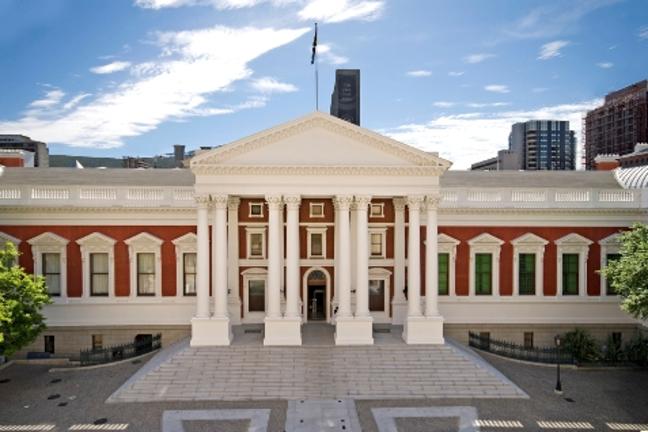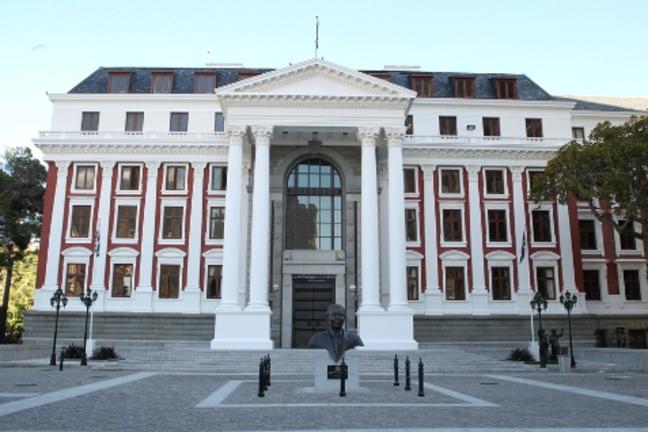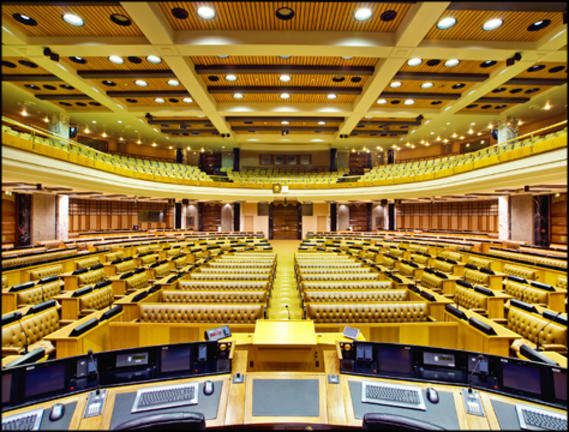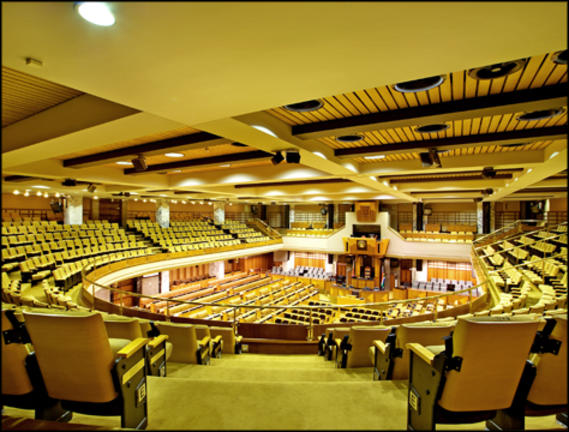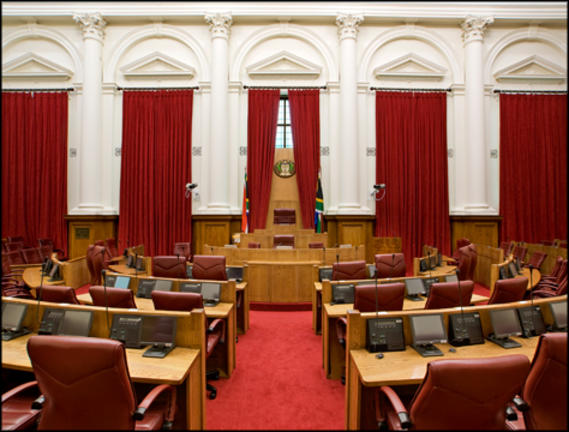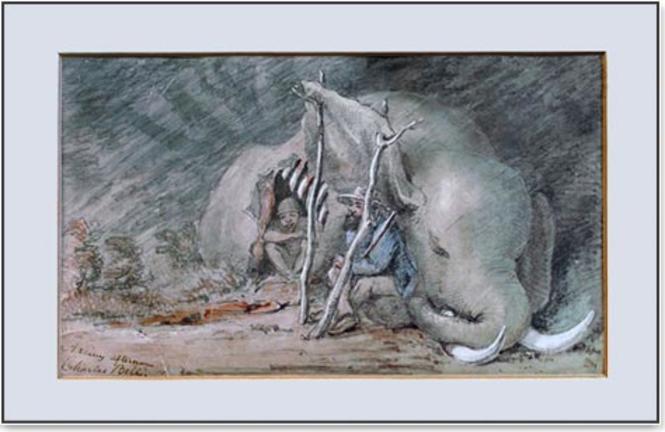South Africa has 3 capital cities: executive Pretoria where the government’s administration is based, Bloemfontein which is the judicial capital, and Cape Town as the oldest city is South Africa is the legislative capital.
The Houses of Parliament are located in the heart of Cape Town across from the Company’s Garden. Charles Freeman designed the original building with its Corinthian portico and huge dome. Well-known architect Sir Herbert Baker designed the House of Assembly.
There are guided tours which you can join to explore the buildings which are not only historically valuable in terms of their architecture but also for political history which they have seen. Here’s a brief timetable of some of those events:
1885 – the Houses of parliament were built.
1890 – Cecil John Rhodes was elected prime minister of the Cape Colony.
1895 – He was forced to resign for his backing of the ill-fated Jameson Raid’s attempt to overthrow Paul Kruger.
Between 1895 and 1960 fierce debates took place regarding the Anglo-Boer War, South Africa’s involvement in both World Wars, and the rise of the National Party under Jan Smuts.
1960 – British prime minister, Sir Harold MacMillan made his famous ‘Winds of Change’ speech which predicted Britain’s intent to grant freedom to her African colonies and usher in a new era.
1966 – Hendrik Verwoerd the then prime minister of South Africa, and one of the grand masters of apartheid was assassinated by Dimitri Tsafendas.
1994 – Nelson Mandela rose to take his place as South Africa’s first democratically elected president. After this, members of the National Assembly and Senate, met as a body called the Constitutional Assembly to write a new Constitution.
1996 - the new Constitution was finally adopted. Lauded as one of the most-progressive constitutions in the world, it laid the foundation for an open society based on democratic values, social justice, and fundamental human rights. It is the supreme law of our country and ensures government by the people under the Constitution. It is the highest law in the land. Everyone, including Parliament itself, must act according to its provisions and principles. As a constitutional state, all laws made by Parliament must pass the test of constitutionality to ensure that the laws it makes are always in keeping with no only the letter of the law but the spirit of the Constitution as well.
2022 – The January Arson attack badly damaged the National Assembly Chamber as well as other areas. Thankfully, the 4000-odd pieces of artwork which are on display with the Parliament buildings, as well as historical documents, were saved. Among the artworks is the famous, and enormous 120m long Keiskamma Tapestry. Created in the tradition of the Bayeaux Tapestry this is a woven depiction of the intricate history of the Eastern Cape frontier. It was created by 100 women of the Eastern Cape village of Hamburg.
